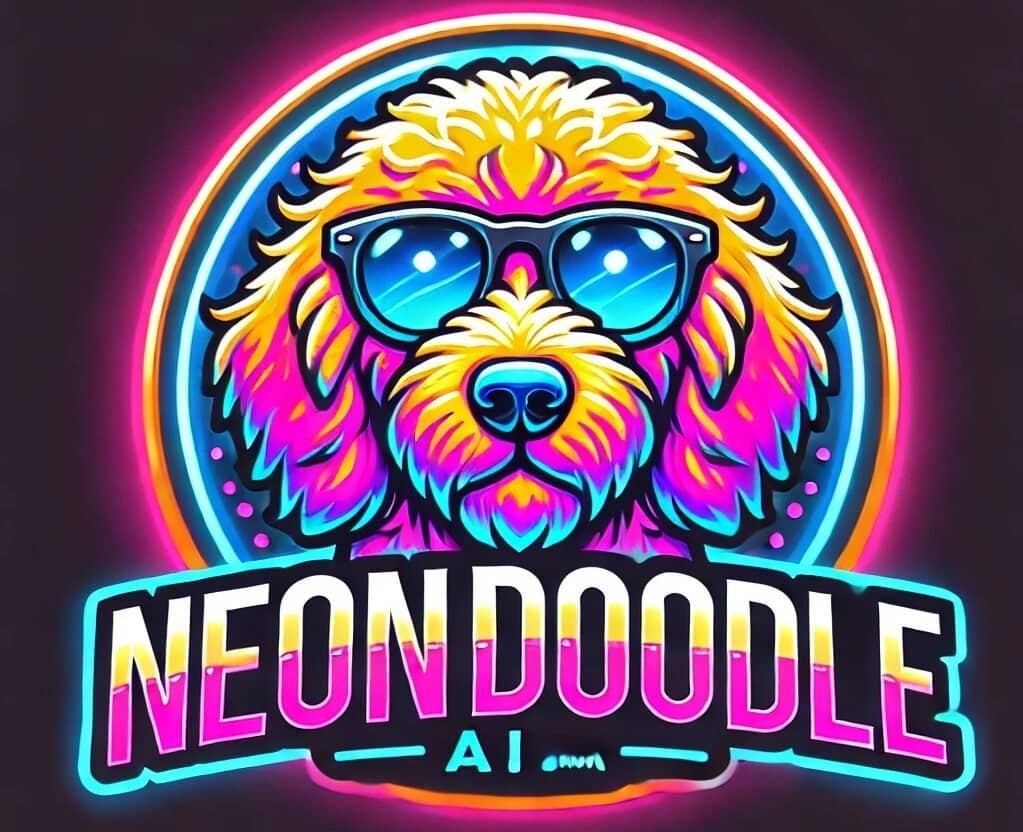
Unlock Smarter, Faster Web Work with Atlas AI Browser (macOS)
Ever wish your browser did more than just, you know, browse? Imagine having a digital co-pilot that actually helps you navigate the web, instead of just showing you pages. That’s Atlas AI Browser! Get ready for a smarter, faster online experience, launching first on macOS in October 2025. If you’re tired of endless tabs and […]
Unlock Smarter, Faster Web Work with Atlas AI Browser (macOS) Read More »


